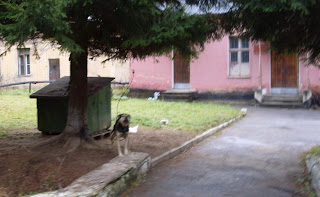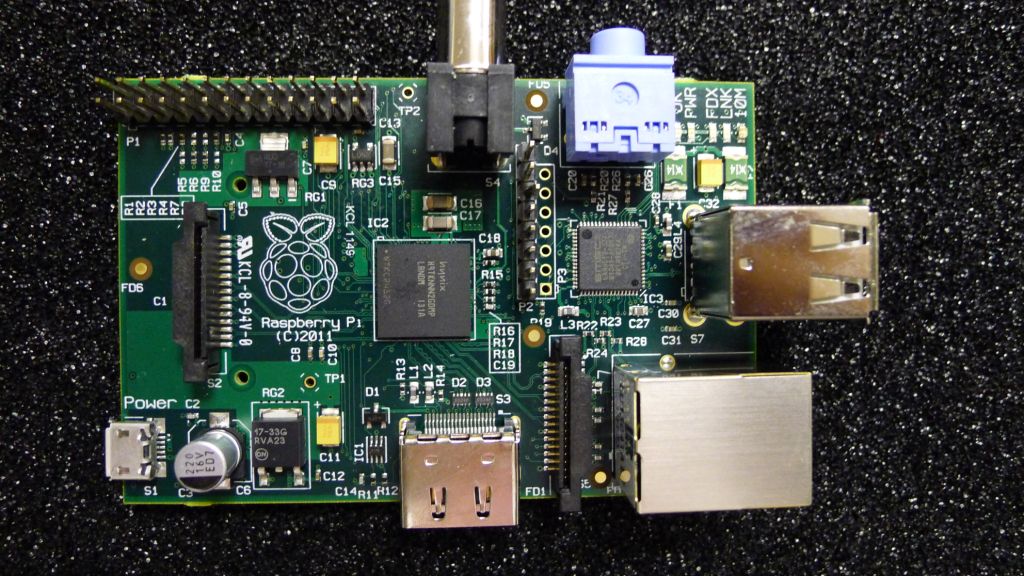Its done! I have finally finished the
SDR MK1.5 design! For those not familiar with what I am talking, here is a little intro.
The Software Defined Radio, or SDR, sometimes also referred as Software Radio, is a new generation of radio receivers what allow the reception of the radio signals with your computer software. The Software Radio is acting like an interface between the antenna and your computer. I have created a more technical overview about Software Radio architectures on SDR MK1 page, but the basic idea is, that the SDR Receiver is receiving the high frequency signal from antenna, makes it a digital signal and does some pre-processing, like frequency downconversion and digital filtering. The processed signal is then fed to the computer (on our case through USB or Network interface) and then visualized, decoded etc. on the computer software.
The long-over-the-schedule radio boards went finally into production last night. It has taken four months longer than originally expected for a very good reason: The first fifteen MK1 units on the field got very warm feedback, but even more suggestions of what and how could be done differently. Therefore getting the design updated was a endless struggle between adding things and making a decision what shall be left out for a reason or another.
Here is a short recap on a design logic the new radio follows.
There are three main areas the radio has evolved from the MK1 design:
- First, it is now just a radio of better quality. The long list of small technical changes (many of which can probably be appreciated only by RF professionals and radio amateurs) will altogether account to a better noise floor and more precise signal reconstruction. While this is not important for an analog transmissions that much, the people working on a shortwave digital domain, DX-ing and signal hunting will
hopefully appreciate it.
- Second, the radio is now having a network interface besides USB and a 32-bit 60MHz clock CPU from Atmel. Both additions will drastically enhance the received signal bandwidth and connectivity: We are now capable to process up to 820kHz bandwidth on single channel through network and get the much desired 192kHz through the audio interface. The added mobility what network interface together with PoE (Power Over Ethernet) extension possibility will give, can allow this radio to be called a "network antenna" adapter!
- Third major change in design logic is that the radio extension capabilities are much re-visited and the MK1.5 can now be treated as a motherboard for a future experimentation, would it be an extension boards by myself or your own creation. This includes the jumpers on few selected places what allow adding the new RF boards to the chain, would it be filters on downconverters, and the I2C, SPI, UART and GPIO connectivity. The radio, although being a diversity shortwave receiver right out of box, is also now also a great general ADC platform for future expansion.
One of the first extension boards the SDR MK1.5 will get to utilize this capacity is the Elonics E4000 based downconverter, what will extend the receiver frequency range up to 1.7GHz!
Here is an updated specifications for the SDR MK1.5
- Dual Channel diversity mode shortwave receiver
- Receiving Frequency range 500Hz .. 31MHz both channels
- USB Audio Interface, 24bit 192kHz
- 10/100 EThernet interface, with PoE extension possibility
- IF bandwidth through USB audio 192kHz
- IF bandwidth through Ethernet 820kHz
Aah, and one more thing - I got a suggestion, that the radio is supposed to have a name. Oddly enough, one of the prospects suggested was my own, so here we go - The SDR MK1.5 is hereby named 'Andrus' :)





